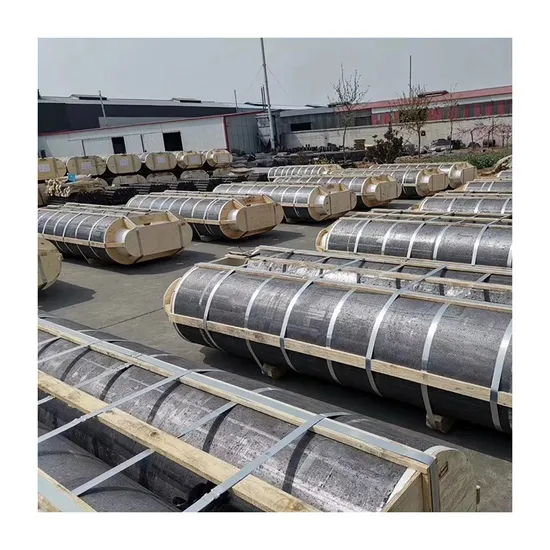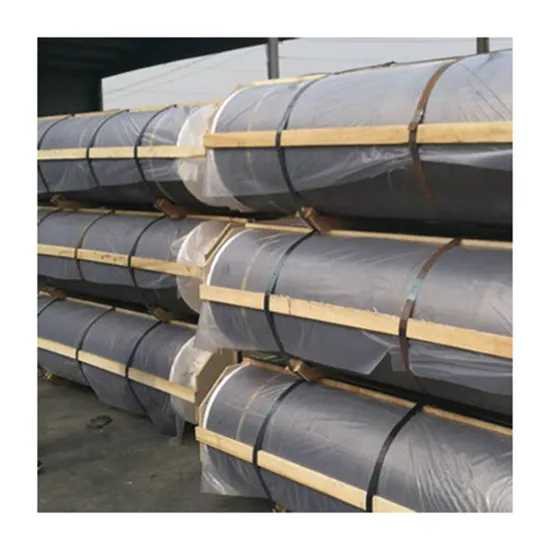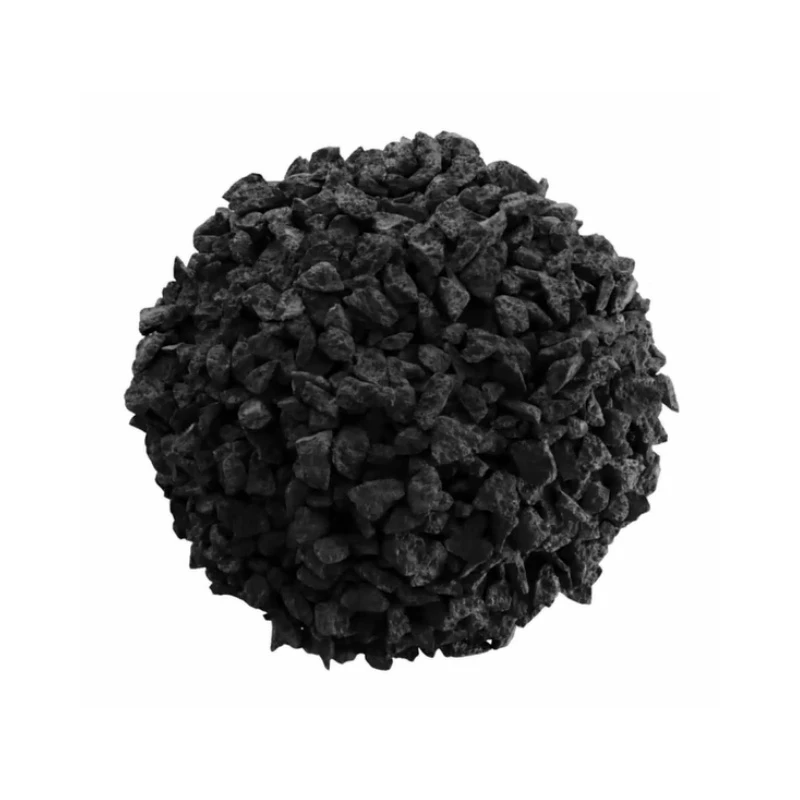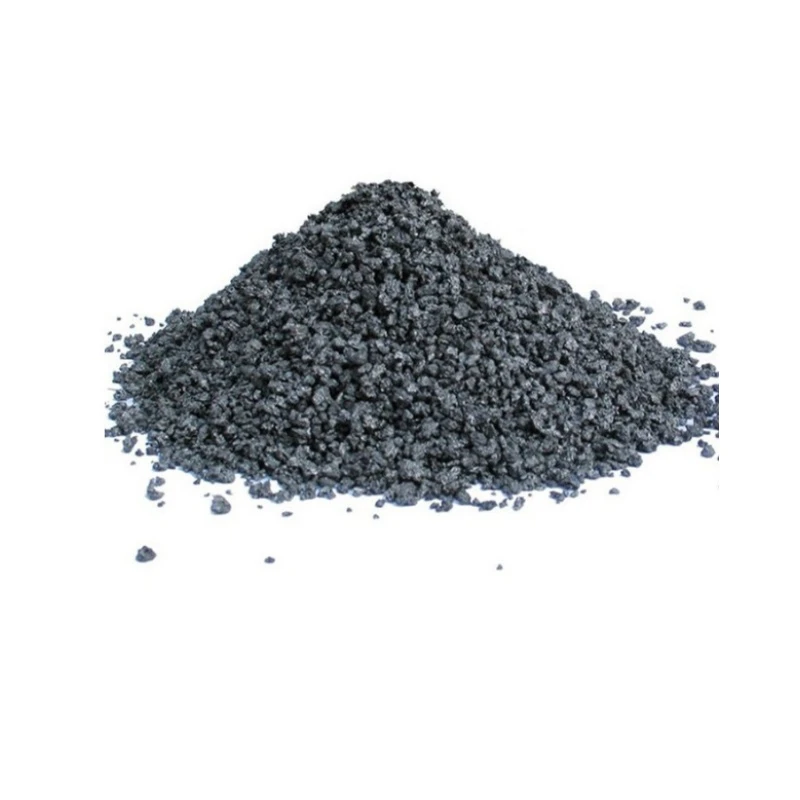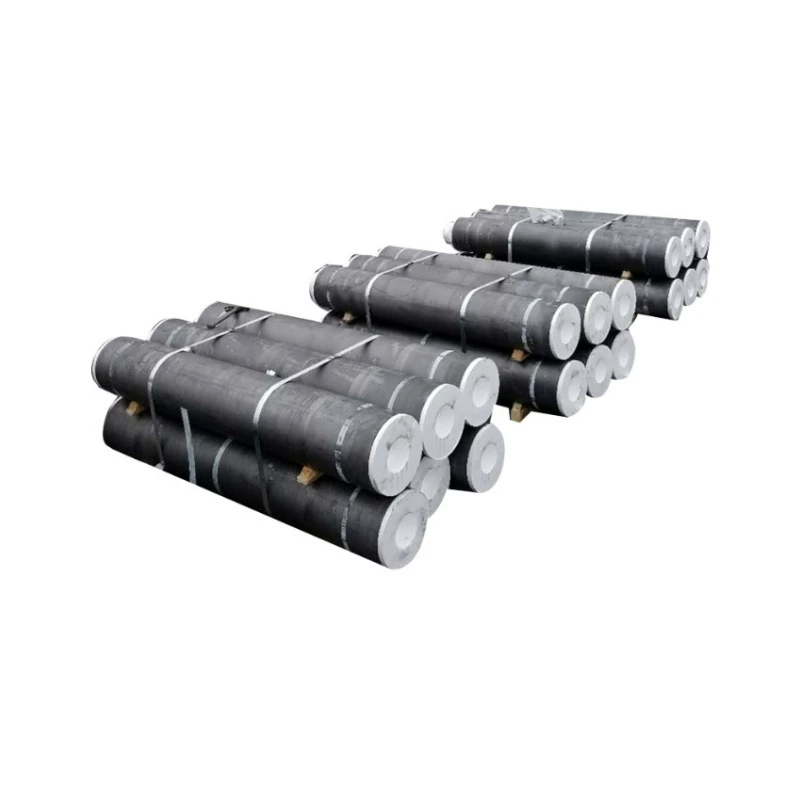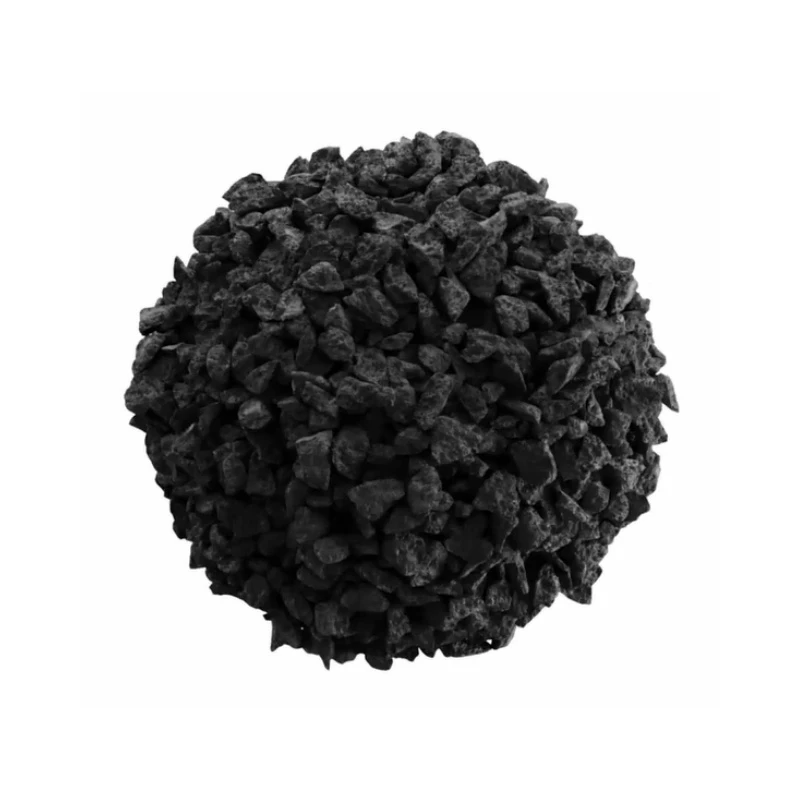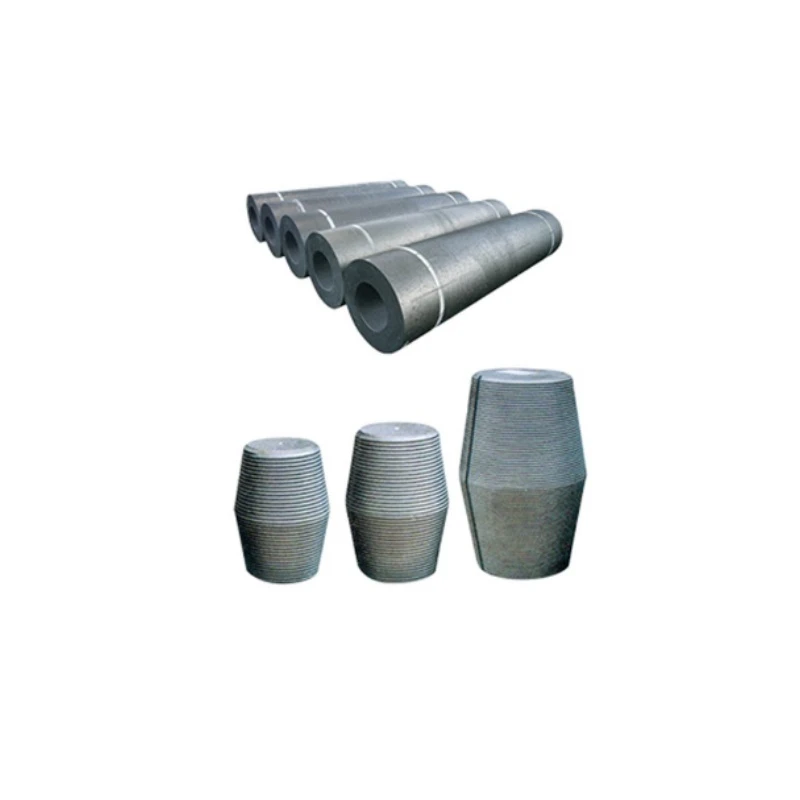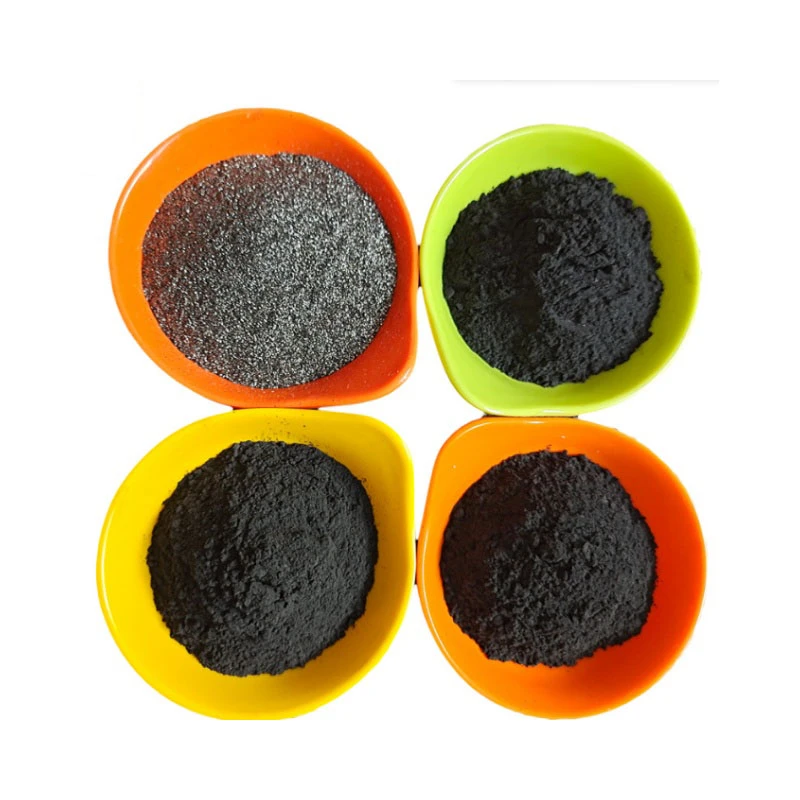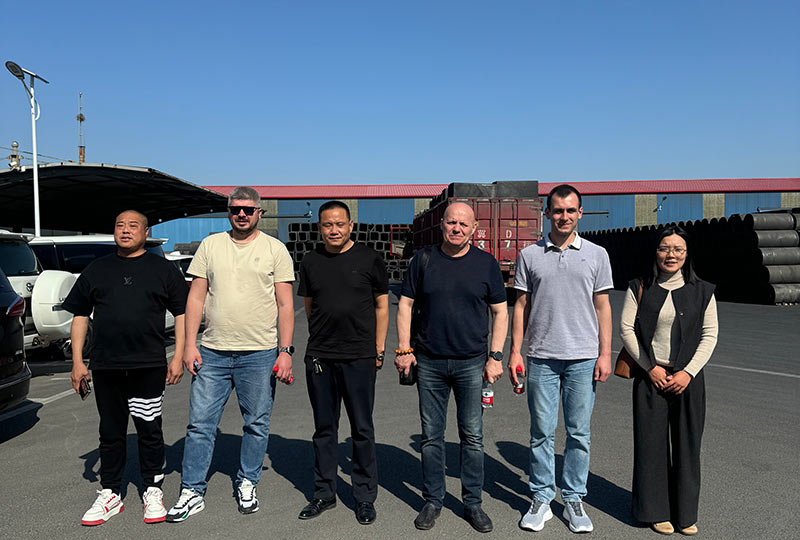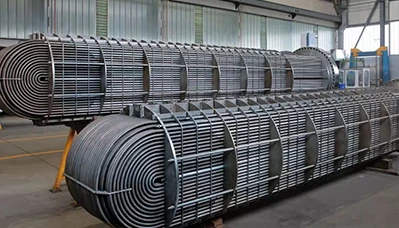- Englist



- Global Market Dynamics for Raw Petroleum Coke
- Technical Specifications and Performance Metrics
- Supplier Benchmarking: Quality and Cost Analysis
- Industry-Specific Application Solutions
- Case Study: Cement Manufacturing Efficiency Gains
- Pricing Trends and Market Forecasting
- Strategic Sourcing Approaches for Raw Pet Coke

(raw pet coke)
Global Market Dynamics for Raw Petroleum Coke
Global raw petroleum coke production reached 180 million metric tons in 2023, driven primarily by expanding refinery operations in North America and the Middle East. The United States accounts for 32% of worldwide supply, with major Gulf Coast refineries increasing output by 7.2% year-over-year to meet industrial demand. This carbon-rich material has become crucial for energy-intensive industries seeking alternatives to more expensive fuel sources. Recent market shifts show developing economies increasing imports by 15-18% annually as manufacturing capacities expand. Shipping patterns indicate major trade routes consolidating around key industrial zones in Southeast Asia, particularly Vietnam and Indonesia where new aluminum smelting facilities require consistent raw pet coke
shipments. Infrastructure limitations in some regions continue to cause supply chain bottlenecks, with logistical costs representing up to 23% of total procurement expenses for overseas buyers.
Technical Specifications and Performance Metrics
Raw petroleum coke quality depends on critical technical parameters determining industrial suitability. Premium grades maintain sulfur content below 3.5% and metal contaminants under 400 PPM, making them suitable for specialized anode production. The calorific value ranges from 13,500-14,500 BTU/lb (31-34 MJ/kg), outperforming standard bituminous coal by 16-18% in energy density while generating fewer particulates. Industry test data from cement plant operations demonstrate 8-12% higher thermal efficiency compared to petcoke blends when utilizing low-contaminant feedstock. Material handling requires specialized equipment due to dust emission potential during transfer operations - modern containment systems can reduce particulate release by 89% compared to traditional methods. Processing innovations now enable refiners to control volatile matter (VM) between 8-12% through delayed coker optimization, allowing for customized performance characteristics per application requirements.
Supplier Benchmarking: Quality and Cost Analysis
| Producer | Sulfur Content | Ash Content | Moisture Level | Current Price Range (USD/MT) |
|---|---|---|---|---|
| North American Refiner A | 2.8-3.1% | 0.5-0.8% | 8-10% | $89-$102 |
| Middle East Supplier B | 4.3-5.0% | 1.2-1.6% | 6-8% | $74-$88 |
| Asian Processor C | 3.2-3.6% | 0.7-1.0% | 9-12% | $97-$113 |
| European Source D | 2.5-3.0% | 0.4-0.6% | 7-9% | $105-$122 |
Cost fluctuations primarily reflect sulfur differentials and transport expenses, with high-sulfur varieties trading at 15-23% discounts to premium grades. Long-term contracts now incorporate quarterly price adjustment mechanisms indexed to crude benchmarks, with negotiated caps limiting volatility to ±11%. Quality verification protocols recommend third-party sampling at loading ports - recent inspections showed 16% of shipments failed contractual moisture specifications despite seller certifications. Technical assessment criteria must evaluate whether increased calorific value in premium raw petroleum coke justifies the 27% average price differential over standard grade material.
Industry-Specific Application Solutions
Electric arc furnace steel mills require tailored specifications including controlled vanadium content below 200 PPM to prevent electrode degradation, while cement manufacturers prioritize calorific value consistency to maintain stable kiln temperatures. Aluminum smelters demand minimum sulfur grades with volatile matter maintained at 10-12% for optimal anode performance. Bulk handling engineers have developed pneumatic transfer systems that reduce degradation during transport, preserving critical particle size distribution. Proprietary blending technologies enable customized formulations like sulfur-balancing composites, where high-sulfur raw petroleum coke combines with low-sulfur alternatives to achieve precise cost-performance ratios. Large volume users now implement predictive analytics systems monitoring 47 quality parameters from receipt through consumption to automate mix adjustments.
Case Study: Cement Manufacturing Efficiency Gains
An Indonesian cement production facility implemented calibrated raw petroleum coke utilization across three rotary kilns during Q1-Q3 2023. Technical modifications included installing multi-point injection systems and retrofitting preheater towers with computational thermal modeling software. Project results demonstrate a 14.3% reduction in specific fuel consumption compared to the previous anthracite blend, translating to $1.78 million in annual energy cost savings. Production capacity increased by 8% without exceeding environmental permits due to 16% lower particulates emissions. The raw material handling system throughput improved 22% using specialized aerated transfer technology developed for petcoke characteristics. Project payback was achieved in 5.3 months based on operational data verification by independent auditors. Current optimization focuses on volatile matter control algorithms to minimize thermal variation across kiln zones.
Pricing Trends and Market Forecasting
Current raw petroleum coke prices reflect the Brent crude-to-coke spread compression observed since mid-2022, with spot prices ranging between $86-$124/ton FOB depending on regional specifications. Historical analysis shows petcoke typically trades at 23-28% of crude oil equivalent value, but recent months have seen this ratio narrow to 17-21% as refineries adjust yield strategies. Forward markets indicate possible Q4 2023 softness due to new Venezuelan export volumes entering Asian markets and Brazilian cement industry seasonal slowdowns. Analyst projections for 2024 suggest moderate 4-7% price increases across benchmark grades as aluminum sector demand grows 8.5% year-over-year. Current risk management programs incorporate forward physical contracts for 60% of consumption requirements while maintaining spot flexibility for opportunistic purchases below $84/ton.
Strategic Sourcing Approaches for Raw Pet Coke
Global raw pet coke sourcing requires multi-region diversification strategies to mitigate geopolitical and logistical risks. Leading industrial consumers maintain balanced procurement profiles with 55-60% secured through fixed-term contracts and 30% via multi-supplier agreements featuring flexible volume adjustments. The remaining volume targets spot market opportunities when benchmark raw petroleum coke pricing dips below moving averages. Technical teams now standardize on digital quality verification platforms enabling remote sampling validation to reduce disputes. Emerging best practices include co-loading arrangements that decrease freight costs 18-25% through terminal partnerships. Looking ahead, material innovation focuses on developing calciner-ready formulations that bypass intermediate processing, potentially eliminating 30% of current handling costs while maintaining performance characteristics required for energy-intensive applications.

(raw pet coke)
FAQS on raw pet coke
围绕核心关键词[raw pet coke]创建的5组英文FAQs:Q: What is raw pet coke?
A: Raw pet coke (raw petroleum coke) is a solid carbon-rich material produced during oil refining. It’s a byproduct of cracking heavy crude oil, containing high sulfur and metals. Its quality varies based on feedstock and refining processes.
Q: What are common industrial uses for raw petroleum coke?
A: Raw petroleum coke primarily fuels cement kilns and power plants due to its high calorific value. It’s also processed into anode-grade coke for aluminum smelting or used in steel production. Handling requires emission controls due to sulfur content.
Q: How is raw pet coke produced in refineries?
A: Raw pet coke forms in delayed coking units where residual oil is heated to extreme temperatures (>900°F). This "cracks" heavy hydrocarbons into lighter fuels, leaving behind solid coke. The coke is then mechanically cut from drums for storage or sale.
Q: What drives raw petroleum coke price fluctuations?
A: Key factors include crude oil prices, refining margins, sulfur regulations (e.g., IMO 2020), and regional demand from cement/steel industries. Global supply-chain disruptions and carbon taxes also significantly impact pricing trends.
Q: Why is sulfur content critical when buying raw pet coke?
A: High sulfur raw pet coke (3-7% content) faces stricter environmental caps and higher processing costs. Buyers in regulated markets prioritize low-sulfur coke to reduce scrubbing expenses and compliance risks, directly affecting its market value and usability.





 Pervious
Pervious
 Next
Next
